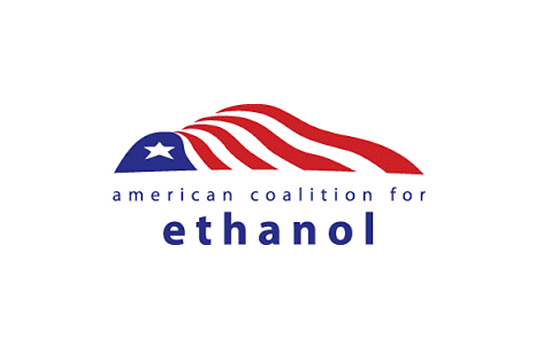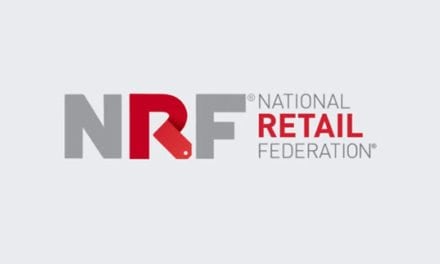The American Coalition for Ethanol (ACE) Conference, which concluded today, hosted a panel dedicated to discussing the shift to high-octane fuel. The panel of three experts checked some of the most important boxes to make the transition of motor fuel to high-octane ethanol blends—infrastructure, engine testing and regulations.
Trey Binford, Product Manager of North America Dispensers at Wayne Fueling Systems, discussed the infrastructure component. He explained why Wayne differentiated itself as the first equipment manufacturer to exclusively offer fuel dispensers UL-listed for E25 to gasoline retailers in North America. They manufacture two different ethanol dispensers: Ovation and Helix. Binford explained some pointers that he shares with retailers.
“It’s important to have ethanol represented at all pumps rather than just a few,” Binford said. “Building a consistent experience for the consumer is good.”
Brian West works at the Fuels, Engines and Emissions Research Center at Oak Ridge National Laboratory and shared the testing underway on engines to help demonstrate the benefits of high-octane fuel to help automakers meet fuel economy and greenhouse gas (GHG) reduction targets.
“Engines can make more torque and power with higher octane fuel, and ethanol is very effective at boosting the octane number,” West said. “A new high-octane fuel could make better use of ethanol’s properties, moving the U.S. toward multiple goals.”
Adam Gustafson, Partner at Boyden Gray & Associates, rounded out the panel discussing regulation. Gustafson is currently helping lead an effort to navigate the regulatory roadways that will enable automakers and consumers to experience the benefits of high-octane fuel and shared an update on this effort’s progress with conference attendees.
“It’s an important moment for the ethanol industry,” Gustafson said. “We’re erasing infrastructure barriers and providing the data we need for higher ethanol fuels in the marketplace. All that remains now is to remove regulatory barriers that stand in the way of mid-level ethanol blends. Now, EPA is inviting comment on the role high-octane fuel can play in meeting CAFE GHG standards. This is a game-changing opportunity.”









